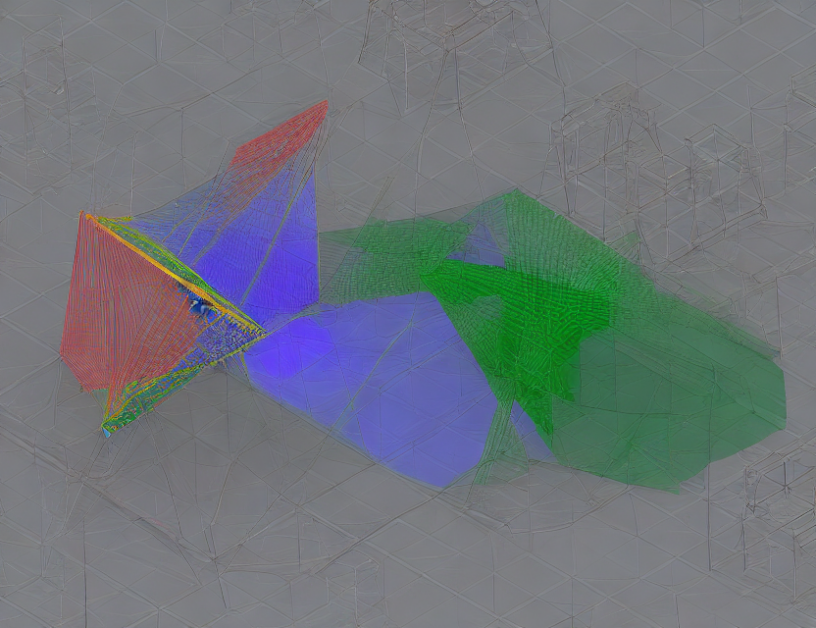In this paper, we analyze the performance of an over-the-air computation system utilizing an active reconfigurable intelligent surface (RIS) in wireless data aggregation. The RIS is a novel technology that can manipulate electromagnetic waves to perform various tasks, such as amplifying or canceling signals. We focus on the challenges associated with analyzing the performance of this system when the noise power is high.
APPENDIX D
In Appendix D, we provide a detailed analysis of the main challenge in evaluating the accuracy of the computed mean squared error (MSE) when the noise power is high. We employ various techniques to simplify the calculations and demonstrate that the MSE can be significantly simplified using property ΦΦH = α2I and GGH/N → ρ2.
II MU-SIMO System
We temporarily adopt certain settings to make the analysis tractable, including an equal number of AP antennas to users and a sufficiently large number of RIS elements. We also assume that the direct links between users and AP are weak enough to be ignored and that all N RIS elements maintain the same amplification factor with their phase shifts uniformly distributed between 0 and 2π.
III Results for Ideal RIS Model
Figure 2 shows the effects of noise power σ2 on the MSE when N = 200. We set Pr = 0 dB, Pk = 0 dB, α = σ2, and r = σ2. The loss components for {hr,k}, {hd,k}, and G are set to 2.8, 3.6, and 2.2, respectively. For small-scale fading, we employ the standard Rician channel model with Rician factors of 0, 0, and 3 dB for {hr,k}, {hd,k}, and G, respectively. Furthermore, we set a = σ2 and r = σ2. The results demonstrate that the MSE increases as the noise power increases.
In summary, this paper analyzes the performance of an over-the-air computation system utilizing an active reconfigurable intelligent surface in wireless data aggregation when the noise power is high. By employing various techniques and assumptions, we demonstrate that the main challenge in evaluating the accuracy of the computed MSE can be significantly simplified. The results show that the MSE increases as the noise power increases, highlighting the importance of managing noise in such systems.



